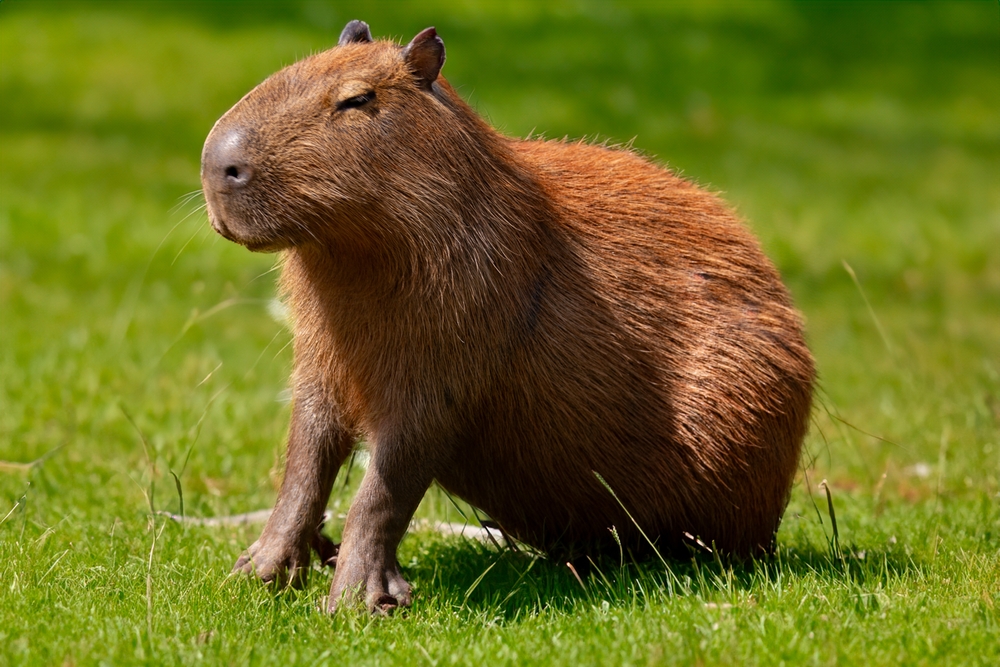Discovering the Endearing Capybaras: Gentle Giants of the Rodent World
Capybaras, the world's largest rodents, are fascinating creatures with unique charm. With their calm and sociable nature, they are rapidly gaining popularity as exotic pets. This article delves into the world of capybaras, exploring their origin, lifestyle, and the recent trend of them being adopted as pets.

The Origins and Lifestyle of Capybaras
Capybaras hail from South America, predominantly living in Panama to Northern Argentina. They thrive in forested areas near bodies of water, such as marshes, rivers, and lakes. As semi-aquatic mammals, they have a webbed foot structure that aids in swimming, and escaping from predators is often done by seeking refuge underwater.
These creatures gather in groups, indicating their social nature. Capybaras are also known for their plant-based diet, primarily eating aquatic plants, grass, and sometimes fruits and vegetables.
The Capybara as an Exotic Pet
In recent years, capybaras have gained popularity as exotic pets, particularly in Japan and the United States. Their gentle demeanor and peculiar appearance have charmed many animal enthusiasts. However, owning a capybara is not as straightforward as owning a cat or dog. They require spacious outdoor areas with access to a swimming pool, a need that stems from their semi-aquatic lifestyle. They also need a high-fiber diet, similar to what they would consume in the wild.
The cost of owning a capybara can range from $500 to $1,500, depending on the location and age of the animal. This price range does not include the cost of creating a suitable habitat and providing proper care for these giant rodents.
The Impact of Capybaras on the Pet Market
The capybara’s popularity as an exotic pet has sparked a new demand in the pet market. Pet stores are starting to offer products specifically designed for capybaras, such as high-fiber food and large-sized toys. Despite this, it’s important to note that capybaras are not suitable for everyone. Prospective owners must be willing to invest time, money, and effort into their care.
Conservation and Ethical Considerations
While the popularity of capybaras as pets is on the rise, it’s vital to consider the ethical implications. Wild capybaras are not endangered, but the increase in demand could potentially lead to illegal and harmful practices, such as poaching. It is crucial for potential pet owners to source their capybaras responsibly and consider the animal’s needs and welfare above all else.
In conclusion, capybaras, with their endearing personalities and unique lifestyle, have become a fascinating subject for animal enthusiasts. As they become more popular as pets, it is imperative to prioritize their well-being and ensure their needs are met in a domestic setting. Moreover, as responsible animal lovers, it is our duty to protect these creatures and their natural habitats.




